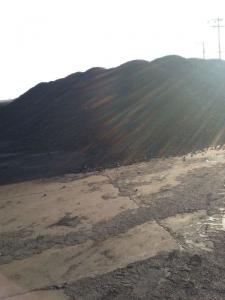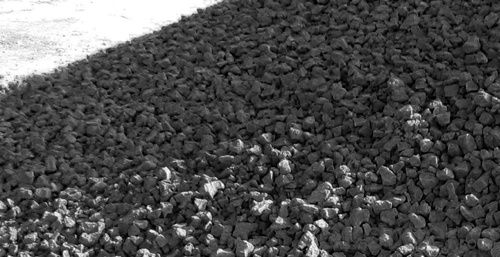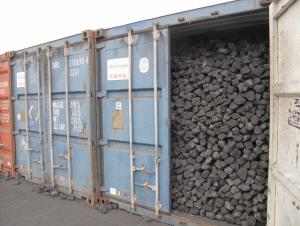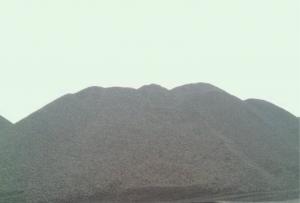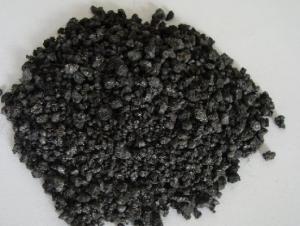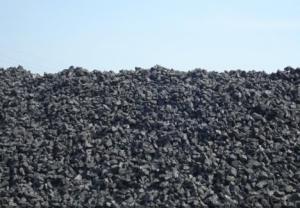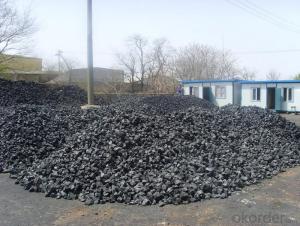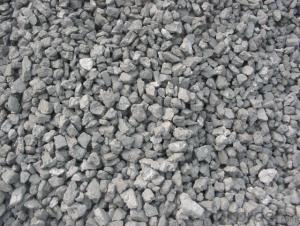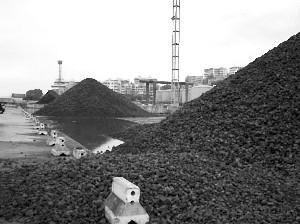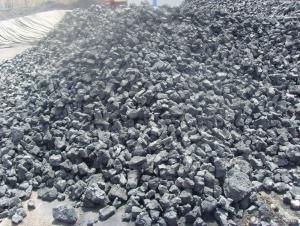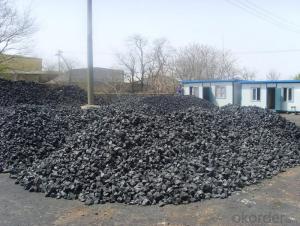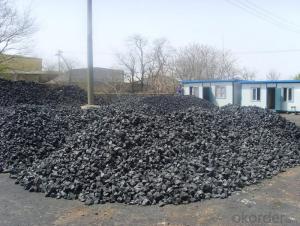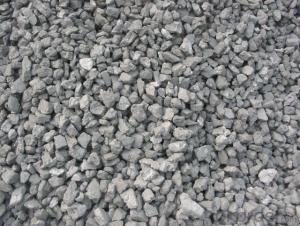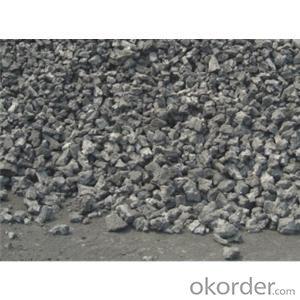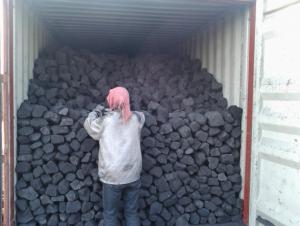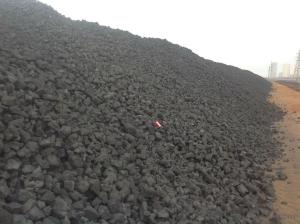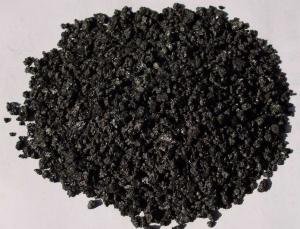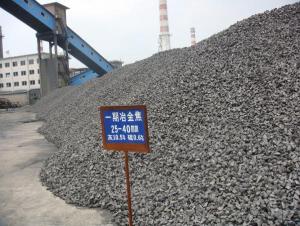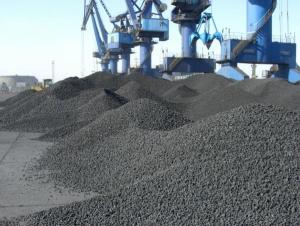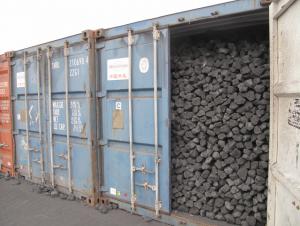The NUT Coke of 0.035 Phosphorus
- Loading Port:
- Tianjin
- Payment Terms:
- TT OR LC
- Min Order Qty:
- 1000 m.t.
- Supply Capability:
- 100000 m.t./month
OKorder Service Pledge
OKorder Financial Service
You Might Also Like
1. Structure of Metallurgical Coke of The NUT Coke of 0.035 Phosphorus Description:
Coke is made by high temperature metallurgical coke for blast furnace smelting, casting and gasification. Occurring in the process of coking after recovery and purification of coke oven gas is a high calorific value of fuel, is an important industrial raw material in organic synthesis.
At present domestic coke market in steady small adjustment in the process of coke market resources is adequate, but both international and domestic market showed weaker demand.In recent months China's coke export continued low, on the one hand, influenced by the international financial crisis, the international coking coal demand contraction, on the other hand, under the condition of the state of coke export control, domestic enterprises export coke decreased obviously.From the domestic and international market environment analysis, market demand will continue to remain low, is expected to remain stable in the pattern of small adjustment.
2. Main Features of the Metallurgical Coke of The NUT Coke of 0.035 Phosphorus:
• Quality assurance
• Mutual benefit
• Preferential price
• Various choice
3. Metallurgical Coke of The NUT Coke of 0.035 Phosphorus Images:
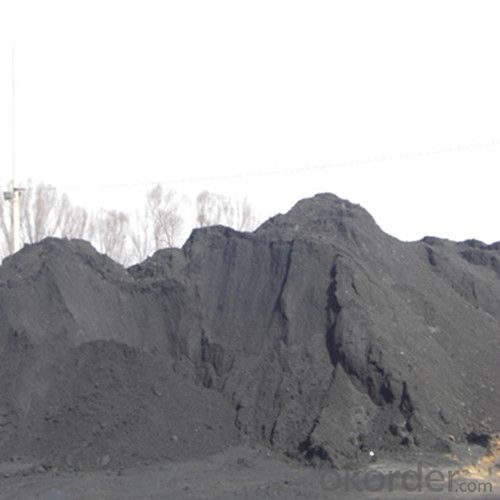
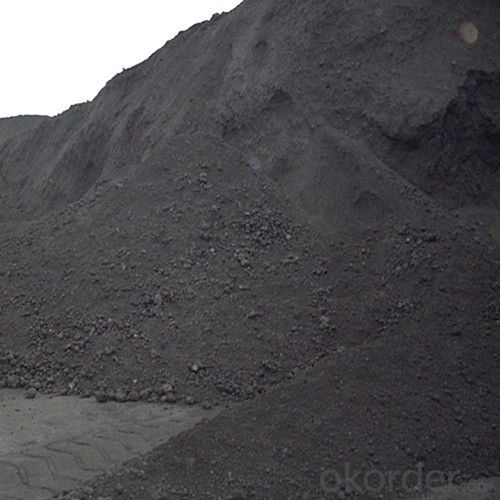

4. Metallurgical Coke of The NUT Coke of 0.035 Phosphorus Specification:
Parameters | Guarantee | Rejection |
Total Moisture ( As received basis ) | 5% max | |
Ash ( dry basis ) | 12.5% max | > 13.5% |
Volatile Matter (dry basis ) | 1.5% max | > 1.8% |
Sulphur ( dry basis ) | 0.65% max | > 0.75% |
Phosphorus ( dry basis ) | 0.035% max | > 0.045% |
M10 | 8% max | > 10% |
M40 | 82% min | <80% |
CSR | 62% min | <60% |
CRI | 28% max | > 30% |
Size 30-80 mm | 90% min | |
+80 mm | 5% max | > 8% |
-30mm | 5% max | >8% |
5. FAQ
2009 countries in two batch issued 11.91 million tons of coke quota, and 12.01 million tons of export quotas flat in 2008.In the current import under the condition of weak demand, coke quota is too enough.
- Q: Various types of coal coke are the main test items
- Coal test items which specific indicators of coal test:Generally include coal test indicators include: calorific value of coal (calorific value), sulfur content (sulfur), ash, volatile, fixed carbon, char residue characteristics, total moisture, water analysis and other indicators
- Q: What is the use of petroleum coke
- Petroleum coke, petroleum coke. Solid residues produced by high temperature coking of residual oil, residual oil or bitumen from petroleum refining.
- Q: Used in a restaurant?Dry or dry carbon carbon, coke or coke, and I do not know which word is a word of this sound. The use of coke for iron making. They are more than 1000 yuan price.The main problem is: dry carbon is coke?Toxic smoke, then the chimney can not do? Can I use the blower?
- Dry carbon is not coke, but the combustion will produce a lot of harmful substances, it is recommended to install a more advanced cleaning device. Thank you
- Q: Why does Coke provide heat when it is fired, it reacts only at high temperatures and why it is needed to provide heat?Which is the exothermic reaction, carbon dioxide or carbon monoxide?
- In addition to the reaction of iron and iron oxide will react C+O2=CO2; reaction exothermic;
- Q: What's the connection between coking coal and coke
- Coke: the quality is hard and the hole is thick, the short hair will be wiped awayCoking coal is a kind of bituminous coal with medium caking property and strong caking property. The title of bituminous coal with high degree of coalification. Main coking coal.
- Q: Can the sulfur content of coke affect the casting process of nodular cast iron at 0.65?
- The level of spheroidization is not enough. The final sulfur content of molten iron before the spheroidizing treatment is best at 0.03%
- Q: What is the difference between coke and semi coke in ferrosilicon smelting process? In the process of energy statistics in the end should be 0.9714 of the conversion coefficient should be used with the conversion coefficient of 0.75 x 0.9714, please expert advice? emergencyUrgent!
- Coke strength is poor, poor permeability, high temperature performance is poor, the use of a large risk, easy to cause fluctuations in blast furnace conditions. Prices are relatively cheap. Low temperature coke and high temperature are all coal products.
- Q: Natural gas can replace coke smelting pig iron
- No, because the coke in the blast furnace to heat, reducing agent, skeleton and carbon supply four functions
- Q: What's the difference between coke and coke?
- When the dry distillation is carried out in the chamber type dry distillation furnace, the primary thermal decomposition product is contacted with the red hot coke and the high temperature furnace wall, and the two thermal decomposition occurs, and the thermal decomposition product (coke oven gas and other coking chemical products) is formed in the two timeThe solid product of low temperature distillation is a black semi coke with loose structure, low gas yield and high tar yield;The high temperature distillation solid product is the structure compact silver gray coke, the coal gas production rate is high and the tar production rate is low
- Q: the CO reduces the iron oxide, and the part of CO burns, and the whole process will release a lot of heatCheck information, combined with the knowledge of the professional knowledge, for reference purposes only!
- Coke index:The mechanical strength of the mechanical strength of ash sulfur%% volatile(crush strength M40) (abrasion strength M10)No greater than 12 is not greater than 0.6 not less than 80 not greater than 8 not greater than 1.9Two level 12.01-13.50 0.61-0.80 not less than 76 not greater than 9 not greater than 1.9Three level 13.51-15.00 0.81-1.00 not less than 72 not greater than 10 not greater than 1.9
Send your message to us
The NUT Coke of 0.035 Phosphorus
- Loading Port:
- Tianjin
- Payment Terms:
- TT OR LC
- Min Order Qty:
- 1000 m.t.
- Supply Capability:
- 100000 m.t./month
OKorder Service Pledge
OKorder Financial Service
Similar products
Hot products
Hot Searches
Related keywords
